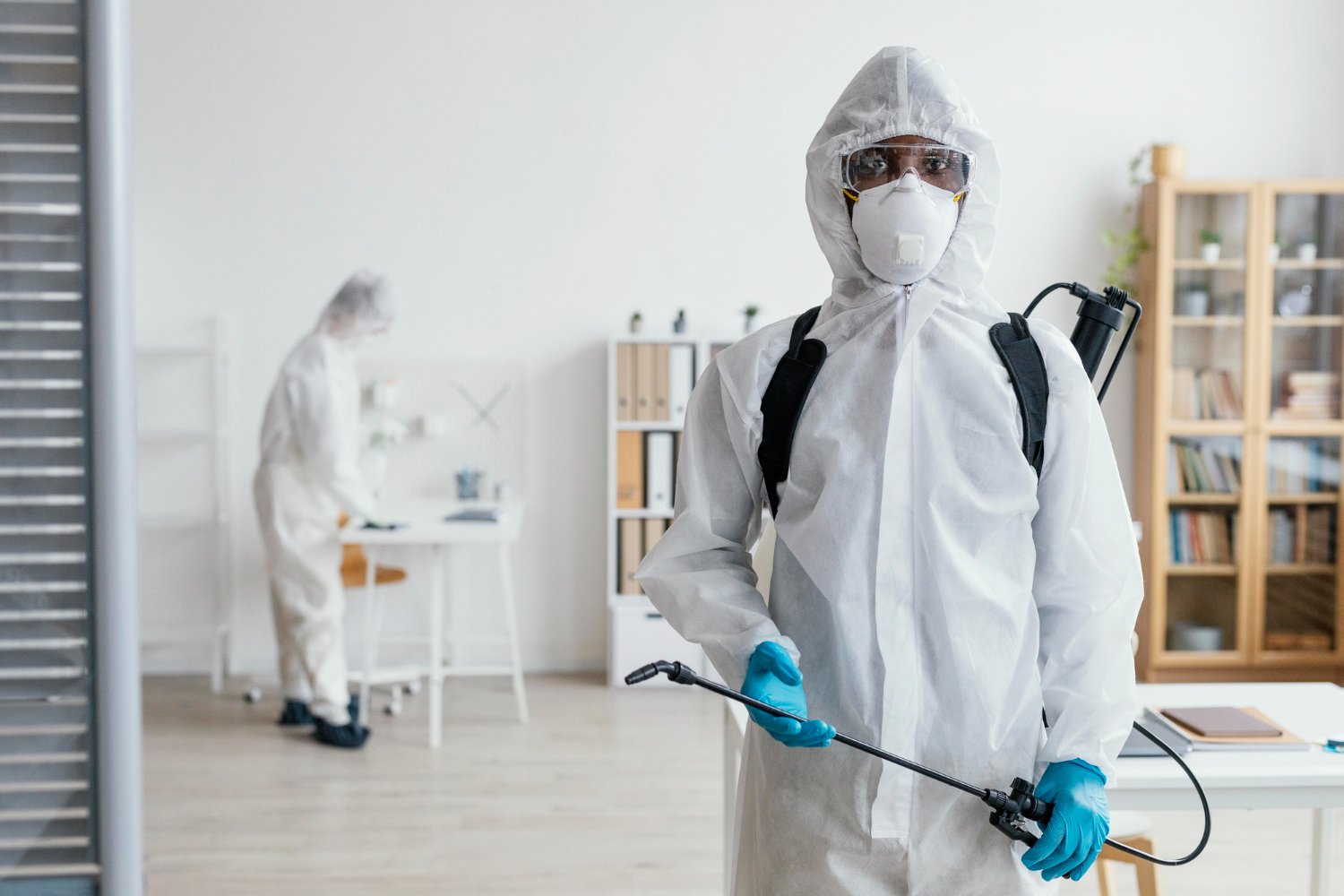A1 Charlotte Pest Control Companies - Your Neighborhood Pest Professionals
A1 Charlotte Pest Control Companies - Your Neighborhood Pest Professionals
Blog Article
Bed Insect Treatment Failure: Comparing Chemical Vs. Non-Chemical Solutions
In the realm of pest control, particularly when dealing with the persistent issue of bed insects, the option between chemical and non-chemical treatment options can be a pivotal one. Both techniques use distinct benefits and drawbacks, affecting factors such as performance, safety factors to consider, and total expense. By taking a look at the nuanced details of each approach, a more clear understanding of which course to seek in resolving a bed pest problem can be acquired.
Efficiency of Chemical Treatments
Chemical therapies for bed pest problems have actually been widely recognized for their quick and powerful effectiveness in eliminating these insects. When thinking about the effectiveness of chemical therapies, it is vital to understand that they can provide a comprehensive and quick remedy to a bed pest issue.
Moreover, chemical treatments have the benefit of using residual results, meaning that they can remain to eliminate bed insects even after the first application. This residual activity is particularly advantageous in combating any kind of prospective re-infestations. Furthermore, the quick activity of chemical therapies can bring relief to people facing extreme bed bug invasions, allowing them to restore control of their space swiftly.
Security Interest In Chemical Solutions
One critical aspect that requires cautious factor to consider when using chemical remedies for bed pest therapy is ensuring the safety of occupants and the setting. Direct exposure to certain chemicals utilized in bed pest treatments can lead to respiratory system issues, skin inflammation, or other adverse reactions, especially in individuals with pre-existing problems or sensitivities.
Additionally, the environmental impact of chemical options is an additional significant factor to consider. Some chemicals made use of in bed insect treatments might be harmful to valuable pests, wild animals, and communities if they leach right into the soil or water systems. It is vital to use chemical therapies deliberately, adhering to safety standards, and taking into consideration much less poisonous alternatives to alleviate these threats and ensure the risk-free and efficient management of bed bug invasions.
Benefits of Non-Chemical Methods
Taking into consideration the potential safety and security issues and environmental effect related to chemical services for bed bug therapy, checking out non-chemical approaches provides an appealing alternative with several distinctive advantages. Non-chemical approaches provide a much safer option for houses, specifically those with people, family pets, or youngsters conscious severe chemicals. These approaches get rid of the threats of exposure to poisonous compounds, minimizing the potential for unfavorable wellness impacts. In addition, non-chemical treatments are environmentally pleasant, as they do not contribute to air or water air pollution, making them a sustainable option for parasite control.
In addition, non-chemical solutions can be effective in targeting bed insects, consisting of hard-to-reach locations where chemical therapies may not pass through. Methods such as warmth treatment, vacuuming, vapor cleansing, and cushion encasements give complete elimination without making use of harmful chemicals. Additionally, non-chemical methods can be less turbulent, needing very little preparation and allowing for quicker reentry into dealt with locations. In general, going with non-chemical bed insect treatment methods not only focuses on safety and security and environmental security however also makes sure detailed and effective bug control.
Limitations of Non-Chemical Treatments

Furthermore, non-chemical therapies usually call for several applications to attain effective eradication. This can be time-consuming and may not constantly guarantee total removal of all bed insects and their eggs, especially in surprise or hard-to-reach locations.
Additionally, the success of non-chemical therapies greatly relies upon correct execution and thoroughness, which can be testing for people without expert know-how. Insufficient application of non-chemical approaches may lead to insufficient obliteration, leading to persistent invasions and the need for extra treatments.
For that reason, while non-chemical treatments have their advantages, it is necessary to acknowledge these constraints and consider them when establishing one of the most efficient technique for taking care of bed pest invasions.
Cost Contrast: Chemical Vs. Non-Chemical Options
Given the limitations connected with non-chemical treatments, a necessary element to review in the context of bed insect administration is the price comparison between chemical click resources and non-chemical choices. In comparison, non-chemical treatments like heat treatment or vapor can be a lot more pricey, with expenses ranging from $1,000 to $6,000 for a whole home. While the initial cost of chemical treatments may appear reduced, several treatments might be needed to completely get rid of the infestation, potentially increasing the general price.
Conclusion

Taking into consideration the potential security problems and ecological influence linked with chemical remedies for bed pest treatment, checking out non-chemical techniques provides a promising choice with a number of distinct advantages.Provided the constraints associated with non-chemical therapies, a vital aspect to review in the context of bed insect monitoring is the browse around these guys expense contrast between chemical and non-chemical alternatives. In contrast, non-chemical therapies like warm therapy or heavy steam can be more costly, other with costs ranging from $1,000 to $6,000 for an entire home. While the initial price of chemical treatments may appear lower, numerous treatments may be called for to completely get rid of the invasion, potentially boosting the total price.In final thought, when comparing chemical and non-chemical bed pest therapy choices, it is important to think about effectiveness, safety, benefits, restrictions, and cost.
Report this page